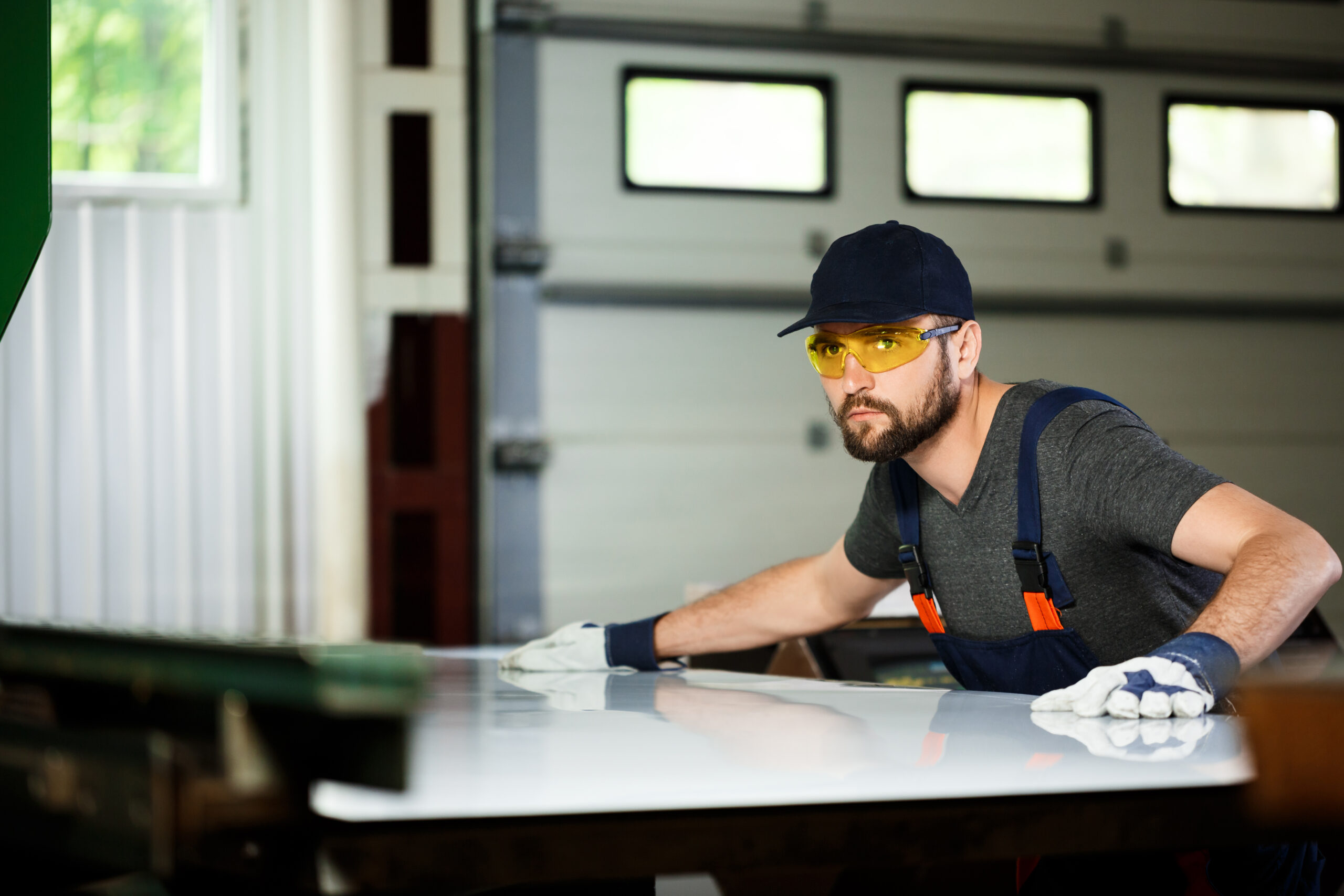Fiberglass damage is a common concern for boat owners, whether it’s a minor scratch or a major crack. While professional repairs can be costly, tackling fiberglass repair yourself can save you both time and money. In this article, we’ll provide you with a step-by-step guide to DIY fiberglass repair, empowering you to restore your boat’s integrity and get back on the water with confidence.
When it comes to DIY fiberglass repair, preparation is key. Before diving into the repair process, gather all necessary materials, including fiberglass resin, hardener, fiberglass cloth or mat, sandpaper, gloves, safety goggles, and a mixing container.
Step 1: Assess the Damage Start by assessing the extent of the damage to your boat’s fiberglass. Is it a small scratch, a hairline crack, or a larger area of delamination? Understanding the scope of the damage will help you determine the appropriate repair method and materials needed.
Step 2: Prepare the Surface Clean the damaged area thoroughly to remove any dirt, grease, or contaminants. Use acetone or a similar solvent to ensure the surface is completely clean and free of residue. Sand the area around the damage to create a rough surface for better adhesion of the fiberglass repair materials.
Step 3: Apply the Fiberglass Resin Mix the fiberglass resin with the hardener according to the manufacturer’s instructions. Using a disposable brush or roller, apply a layer of resin to the damaged area, ensuring it extends slightly beyond the edges of the damage. Place a piece of fiberglass cloth or mat over the wet resin, pressing it down gently to remove any air bubbles.
Step 4: Build up Layers Continue layering resin and fiberglass cloth or mat until the damaged area is fully covered and reinforced. Allow each layer to cure according to the resin’s curing time before applying the next layer. For larger or deeper repairs, you may need to apply multiple layers to achieve the desired strength and thickness.
Step 5: Sand and Finish Once the repair has cured completely, sand the repaired area to smooth out any rough edges or imperfections. Start with a coarse grit sandpaper and gradually move to finer grits until the surface is smooth and level. Finish by polishing the repaired area to restore its shine and blend it seamlessly with the surrounding fiberglass.
Step 6: Final Inspection After completing the repair, inspect the area carefully to ensure it meets your satisfaction. Run your hand over the repaired surface to check for any rough spots or inconsistencies. If necessary, touch up any areas that require additional attention before giving your boat’s fiberglass repair a final seal of approval.
With this step-by-step guide to DIY fiberglass repair, you can tackle common damage to your boat’s fiberglass with confidence and skill. By following these instructions and taking your time, you can restore your boat’s integrity and appearance, ensuring many more years of safe and enjoyable boating adventures on the water.




